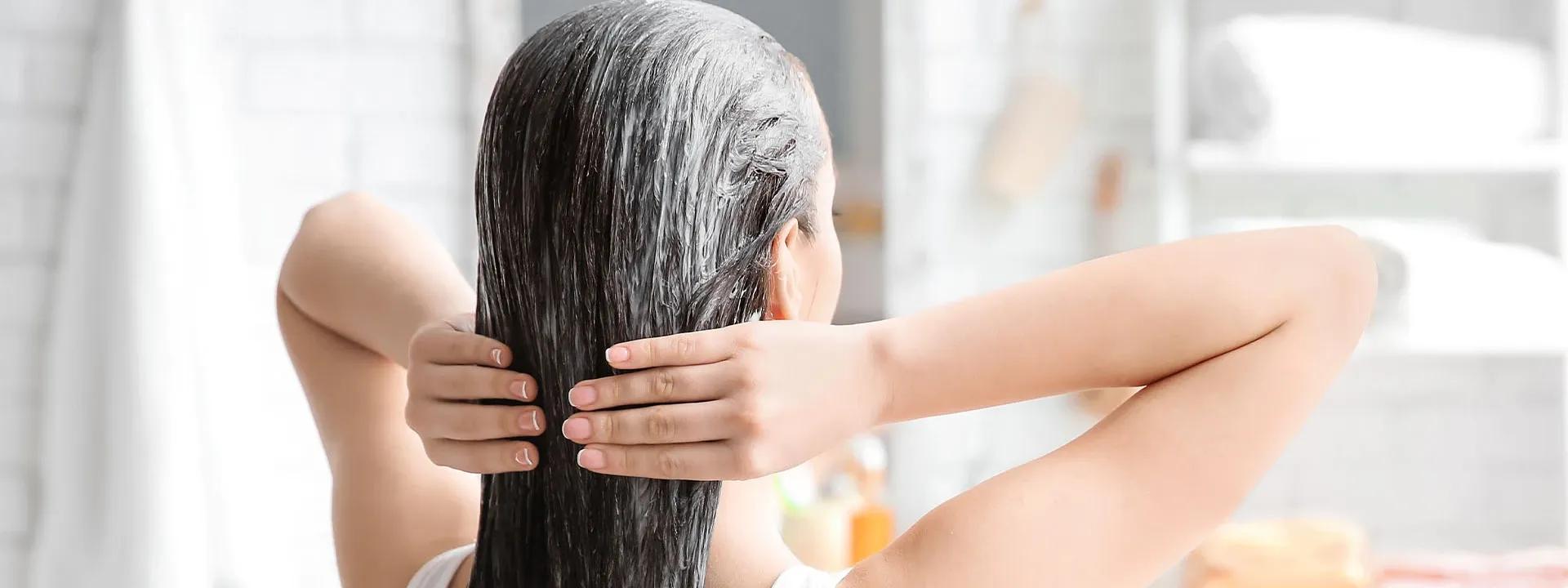Let's be real—your hair has been through it all. Heat styling, harsh weather, and that dry shampoo habit that's definitely gotten out of hand. If you're wondering what the right
hair care steps are to get your locks back to their glossy best, you're in the right place. Setting up a proper hair routine isn't just about following trends you saw on social media. It's about understanding what your hair actually needs and giving it the TLC it deserves. Ready to discover the healthy hair tips that might just transform your mane game?
Understanding Your Hair Type
Knowing your hair type is like having the cheat code to an effective hair routine. Every strand is different, and what works for your mate's curls might leave your straight hair looking greasy or lifeless. Hair types range from fine and straight to thick and coily, with loads of variations in between. Once you understand your specific hair type, you can tailor your
hair care steps to actually work with your natural texture instead of against it.
Identifying Your Hair Type
Here's a simple way to figure out your hair type: wash your hair and let it air dry without any products. Look at the natural texture, thickness, and how it behaves. Fine hair tends to get oily quickly and can look flat, while thick hair often needs more moisture and takes longer to dry. Curly hair has its own set of rules, needing more hydration and gentle handling. Understanding these basics helps you choose the right products and techniques for your specific needs.
Essential Hair Care Steps for Healthy Locks
The foundation of any good hair routine starts with these four essential steps. Think of them as your hair's daily vitamins—skip them, and you'll notice the difference pretty quickly. These hair care steps work together to keep your scalp healthy, your strands strong, and your overall hair game on point.


 Combo
Combo 1*250 + 1*100ml
1*250 + 1*100ml 50 gm
50 gm 200 ml
200 ml